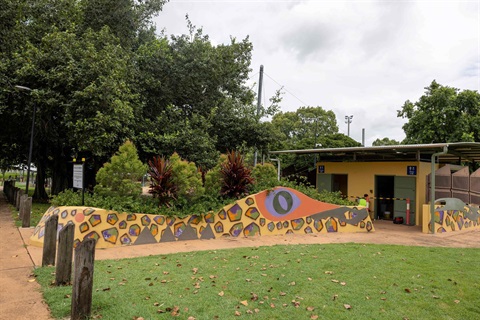Nepean Blue Mountains Local Health District researchers have revealed a new gold standard for non-invasive diagnosis of suspected endometriosis, giving women with the condition more options than ever to secure a better quality of life.

Non-invasive form of endometriosis diagnosis
A definitive diagnosis of endometriosis has previously only been made through an invasive surgical procedure known as a laparoscopy.
Associate Professor George Condous, Consultant Gynaecologist for Nepean Hospital, led the international working group to build a consensus on non-invasive imaging techniques for the diagnosis of pelvic deep endometriosis and endometriosis classification systems.
The consensus statement, was simultaneously published in Ultrasound in Obstetrics and Gynecology, the Journal of Minimally Invasive Gynecology, Human Reproduction Open, the Trocar Journal, the European Journal of Radiology and Facts, Views and Vision in Obstetrics and Gynaecology, guides clinicians treating women with suspected endometriosis during patient assessment, counseling and planning of surgical treatment strategies.
Associate Professor George Condous says non-invasive imaging techniques show similar sensitivity, specificity and accuracy to surgical intervention, and has the potential to offer women a faster and less invasive path to endometriosis diagnosis. He believes this technology will shorten the diagnostic delay for many women with endometriosis (currently six years in Australia).
“By assessing women with suspected deep endometriosis (DE) through non-invasive imaging techniques such as transvaginal ultrasound or MRI and combining them with existing traditional management approaches we can deliver a much more comprehensive diagnosis and appropriate care plan,” says George.
“Prior to surgery, the diagnosis of DE can be used to predict how difficult an operation may be and, equally important, in the context of infertility, particularly involving ovarian endometriosis, it can assist in the decision whether to treat with surgery or apply assisted reproductive technologies.”
“It will take a shift in thinking from surgical or lesion-oriented diagnosis but what we are working towards is ultimately a new standard of care in health facilities offering endometriosis therapy,” continues George.
The working group included 53 experts worldwide with extensive expertise in the field of diagnosis and/or fertility/surgical treatment of endometriosis.
Full findings from the research are available to







